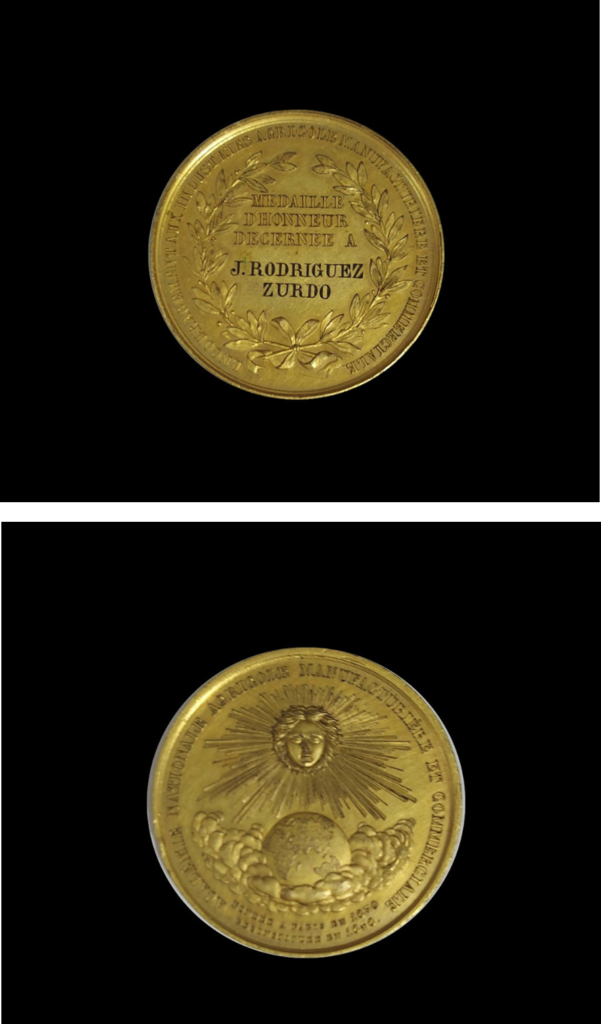Rodríguez y Zurdo
For Dorantes Harness Rodríguez & Zurdo Sadler Master has been a concerning in our home, a visionary for his times who revolutionised the world of saddlery.
We would like to share with you the introduction to his book:
The trade of the Chairman and the Sadler is the product of an art, that although mechanical in its elements, is linked to the luxury arts in its main artifacts. However, it is therefore not a simple mechanical trade, in which material work and a certain number of years suffice to produce perfect labor: it is absolutely requiring some previous knowledge, constant industry, and a certain inventive taste to be able to deal successfully with its artifacts, the most of which include a careful elegance as a compliment.
They are indispensable, therefore, in those who aspire to earn the honorable title of teacher, and not remain all their lives in the class of routine operator:
- have done the first education with some advantage; since knowledge of arithmetic and some notions of geometry are absolutely necessary in the profession.
- It is also essential to have some fluency in line drawing and decoration, since the most luxury works require geometrically calculated measurements, and elegant, and appropriate decorations, which should be drawn before the works are executed.
- Apprentices must be also closely observing the indications of their masters, both of them with respect to the choice of materials and in the preparation and cutting of the works, trying to acquire fluency in the handling of the instruments, security and care in the execution of the tasks.
- Above all, the apprentice must focus a lot, in order to form a good taste, in the conditions that stand out in a finished work of luxury, that he hears praised, both by the intelligent, and by the teachers who direct them.
And since he speaks of teachers, it will be permissible for us to recommend to the companions the sweetest and most affable treatment towards the apprentices in whom they see, in addition to the good dispositions that are indicated, a marked application and determined love for art; they should never be harshly discouraged or haughtily rebuked.
Our explanations must be short, simple and given with benevolence; and it will be convenient to grant some rewards for encouragement, and even a certain special distinction of appreciation whenever we notice in them industriousness and honesty; dispensing, finally, to the outstanding some rewards, certain familiarity, and even distinctions that encourage them to be our successors, honoring themselves by calling us their teachers.
How reprehensible, therefore, would it not be to hide oneself in order to work on some delicate and worthwhile works! The teacher who works in this way must have understood that teaching by measure is not teaching: that allowing the beauties of an art to be guessed is neither an incentive for the disciple, nor an honorable precaution for the teacher: on the other hand, it is a test of wretched selfishness and petty mistrust, never harbored by those who love their profession as they should and want to see it honored in their industrialists.
Half-doing good has always been unworthy of generous hearts.
We have the honor to have in our collection one of the most precious coin given to the Master in honor prize for his career at the ACADÉMIE NATIONALE AGRICOLE MANUFACTURIÉRE ET COMMERCIALE.



